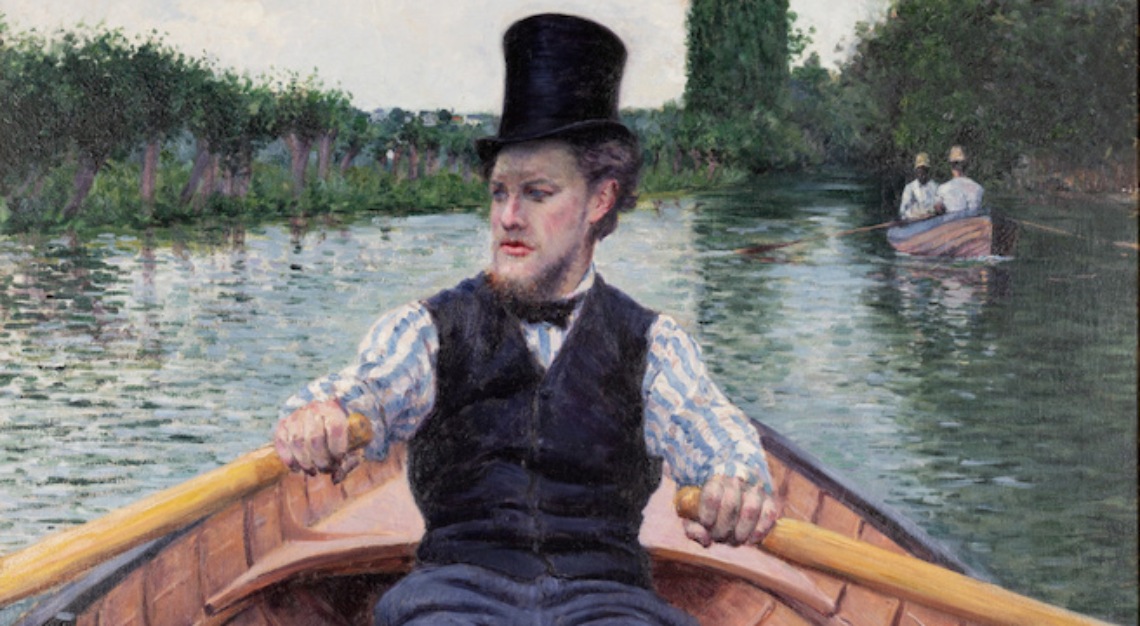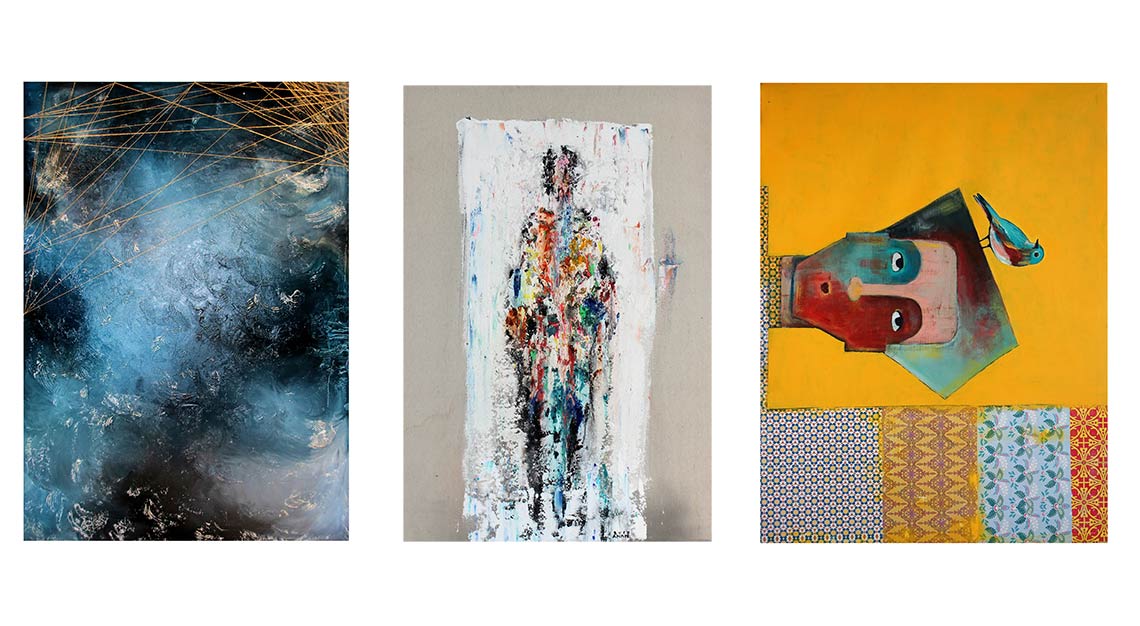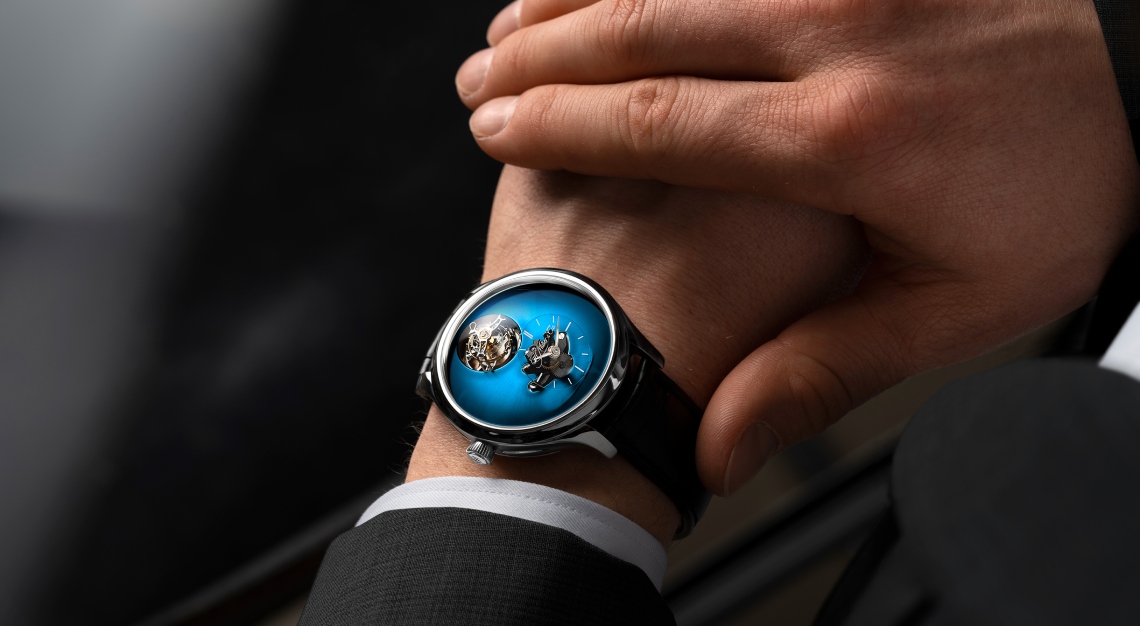The €43 million painting is now a part of the Musée d’Orsay’s extensive Impressionist collection
In death, as in life, Claude Monet, Édouard Manet and Pierre-Auguste Renoir are thick as thieves. Whether leading a calmer existence as they do now in the galleries of Musée d’Orsay, or shocking critics with their vivid colours and spontaneous brushstrokes when they first debuted in the late 1800s, the works of these Impressionist trailblazers have stuck together through more than 100 years of scandal and admiration.
Now their little collective has become more complete. An old “friend”, a painting titled A Boating Party by Gustave Caillebotte, has rejoined their ranks. Depicting a man rowing a boat in calm waters, the painting is considered remarkable for its realism and its unique perspective, which has the viewer feeling like they are sitting in the boat with the rower.
Acquired by the French state from Caillebotte’s estate for €43 million, the painting now belongs to the national collection and is displayed at the Musée d’Orsay as part of the museum’s substantial collection of Impressionist works. The sale was made possible by a generous donation from luxury goods conglomerate LVMH.
Caillebotte was just as artistically gifted as his contemporaries, but was better known as the wealthy patron of France’s Impressionist artists, many of whom were personal acquaintances. Over his lifetime, he managed to acquire an impressive collection of works by the likes of Monet, Manet and Renoir, which he pledged to donate to the French state with the hope that they would take pride of place in the Louvre.
The state came into possession of 38 paintings after Caillebotte’s death in 1894, and the late collector got his wish. His donated works eventually formed the core Impressionist collection of an important museum, although it wasn’t the Louvre but the Musée d’Orsay.
What Caillebotte had failed to do, to the disadvantage of his own legacy, was to include his own works in the collection that he donated. As a result, the bulk of his works have stayed in his descendants’ hands and few made it into museums. With this sale, Caillebotte is finally getting his rightful place among the collection he helped built at the Musée d’Orsay and well-deserved recognition for his contributions to the Impressionist movement.






